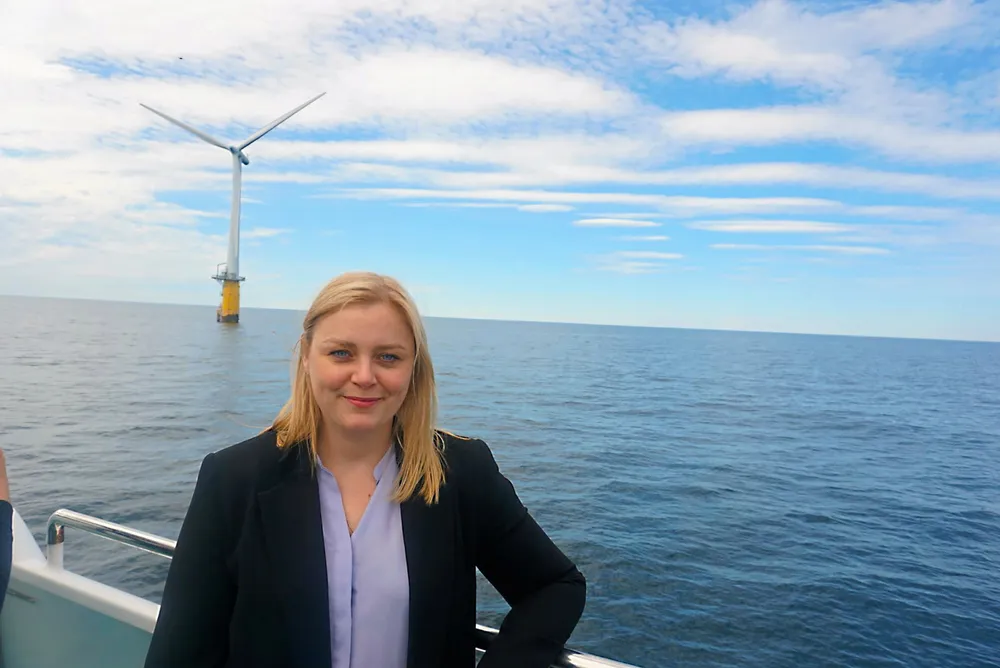Norway to allow petroleum tax concessions for some offshore wind projects
Industry eagerly awaiting Friday's government white paper on which projects will benefit from generous fiscal regime

Industry eagerly awaiting Friday's government white paper on which projects will benefit from generous fiscal regime
